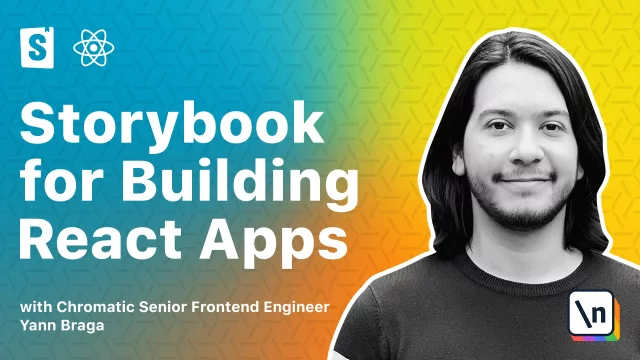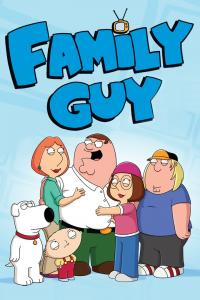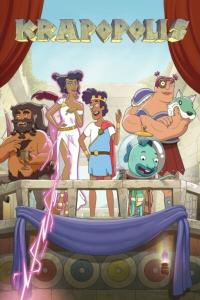Torrent details for "Storybook for React Apps" Log in to bookmark
Controls:
Language:
 English
EnglishTotal Size:
694.07 MB
Info Hash:
5b40a6aba2bbc9c397da6ae863d5d0f6317d7f5a
Added By:
Added:
25-10-2022 04:43
Views:
291
Health:

Seeds:
3
Leechers:
0
Completed:
383
Thanks for rating :
TheIndianPirate (5),
(5),
TheIndianPirate

Description
This is a course which will show you how to unleash the full potential of Storybook in the context of React applications.
Storybook is an open-source tool that helps you develop UI components in isolation. It runs in your codebase, but separately from your application. It’s like a sandbox, allowing you to not get distracted by incomplete APIs, flaky data, and other external dependencies. It integrates with frameworks like React, Vue, Svelte, Angular, and many others!
With Storybook, you can ease the development of a design system and share a common language with designers. QA’s can get an overview and test functionalities in isolation. Stakeholders can use it for demo purposes. Overall, Storybook helps connect all of these people, greatly improving collaboration!
In this course, we will unleash the full potential of Storybook for React apps. We start from the basics of Storybook and later switch to a real world application, learning how to develop features directly in Storybook, saving lots of development time and at the same time, creating a living documentation of components and features.
You will learn how to break down features into atomic and composite components using Component Driven Development
You will see the power of addons, and how they help improve the development experience and the end quality of components. We will connect design tools, test accessibility, and much more.
You will also learn how to mock fetch requests, add Redux, theming and routing support to Storybook, and add full pages to it. You’re going to even add entire pages to Storybook, allowing you to simulate all use cases you want in isolation for easy access!
On top of that, you’ll be using the latest features of Storybook such as interactions, combining the power of Storybook wrappers for Testing library and Jest that run in the browser to write stories with automated interactions!
Finally, you’ll be setting up Chromatic, a cloud based tool that improves your Storybook experience by bringing you Storybook hosting and visual regression tests, in a way that will help you catch regressions but also improve the collaboration between you and your colleagues while making pull requests.
By the end of this course, you will be able to use Storybook to develop and document components, features, and pages in your work. You’ll also learn how Storybook helps you collaborate with your colleagues, both technical and non-technical (like designers and stakeholders)!
Last Updated 3/2022











































